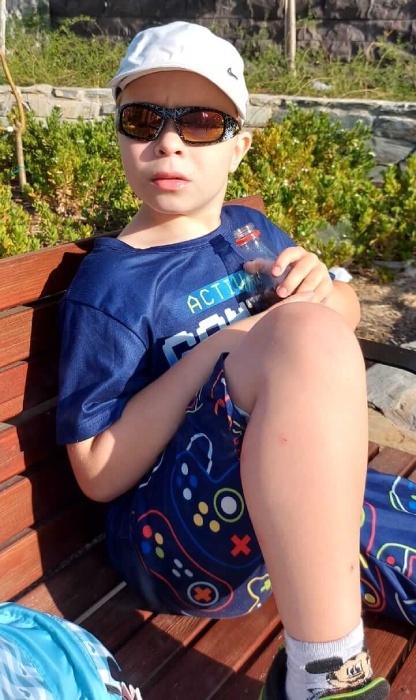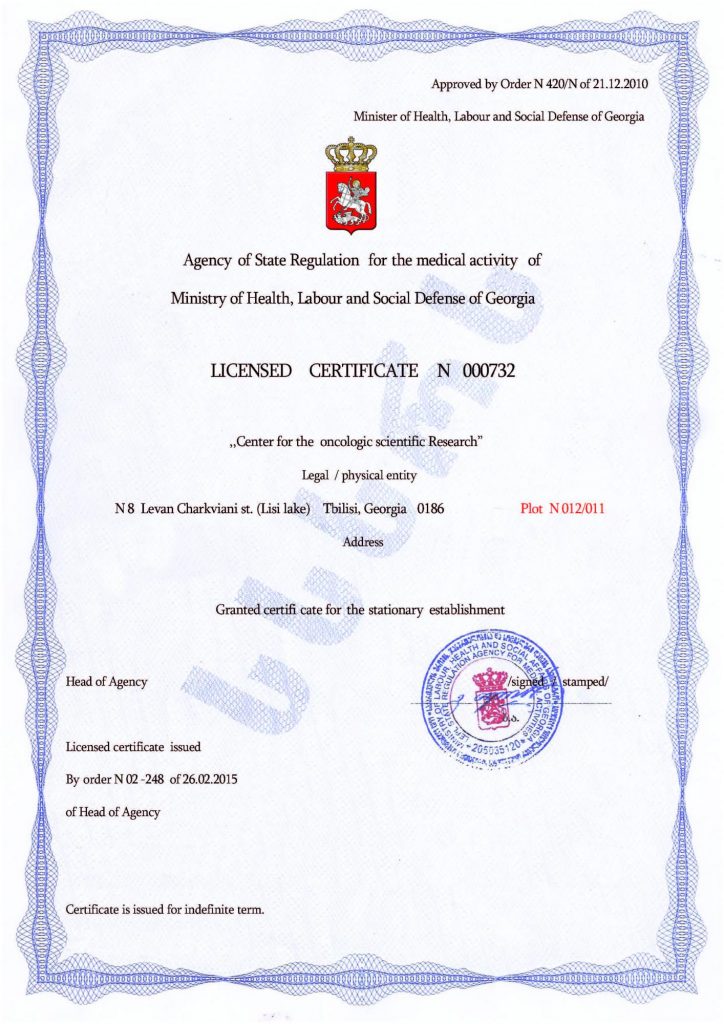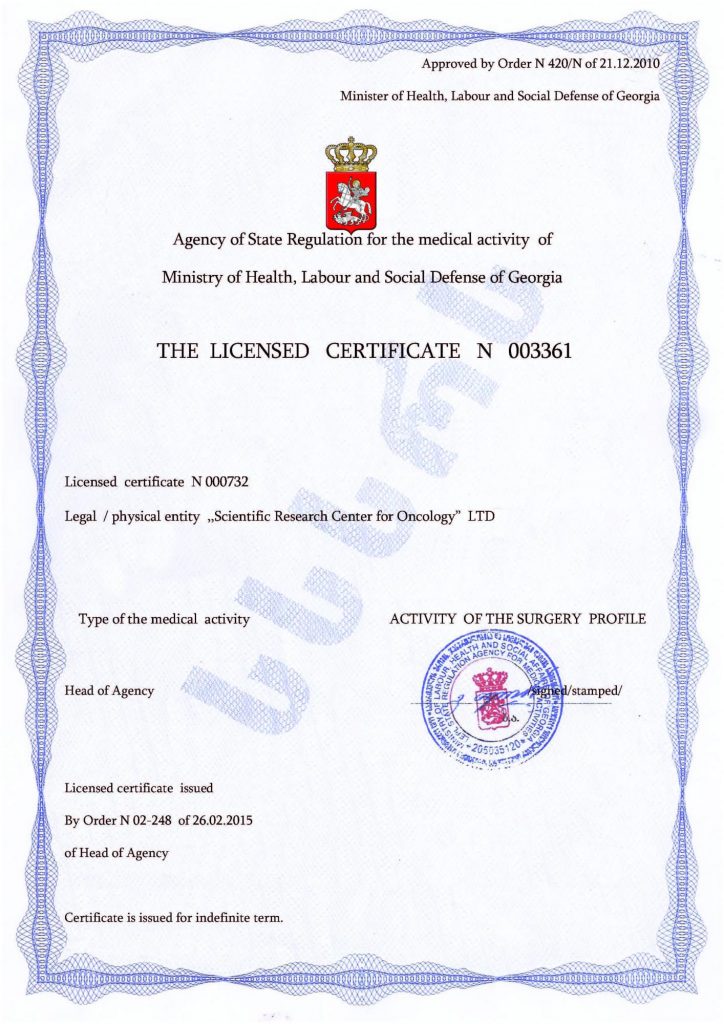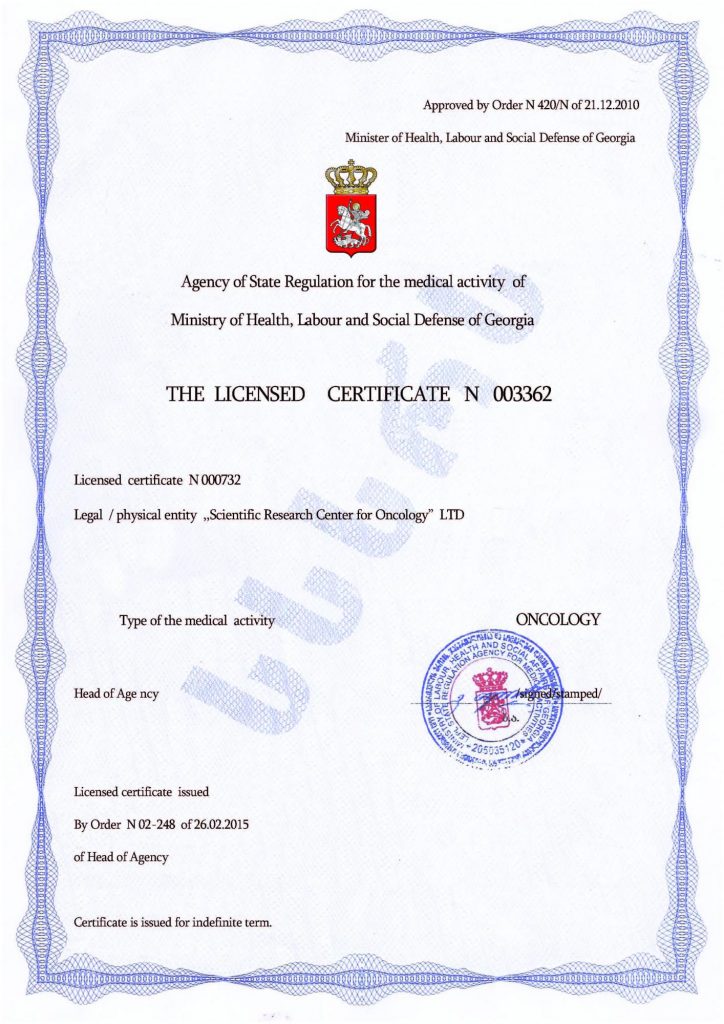Echolalia in Children with Autism
Echolalia literally means the repetition of others’ speech, where a child repeats words or phrases directed at them. For example, when asked, “Do you want to drink juice?”, the child might answer, “Drink juice.” If asked immediately afterward, “Do you want to drink water?”, the child might respond, “Drink water.” That is, the child repeats the words of the speaker in response. In typical development, echolalia is a common stage of speech development. It can start around the age of 1 and usually ends by 2-4 years old. However, in autism, echolalia is a frequent symptom that can be observed even in older children. Why is the presence of echolalia in autism a positive sign, and how can one learn to understand an autistic child with echolalia?
Immediate and Delayed Echolalia: What’s the Difference?
There is a distinction between immediate echolalia and delayed echolalia. Immediate echolalia refers to the repetition of words just heard. Delayed echolalia, on the other hand, involves the repetition of words heard earlier—sometimes hours, days, or even months after the original utterance.
Until the 1980s, autism was considered exclusively a mental disorder, akin to serious conditions like schizophrenia or intellectual disability. The presence of echolalia was seen as a negative symptom, indicating an inability of the child to understand spoken language. Today, however, the medical community has a fundamentally different view of autism. Experts recognize that autism is not a mental disorder but rather a difference in the functioning of the nervous system. Echolalia in autism is now viewed as a positive symptom that serves important functions.
Echolalia in an Autistic Child: What Functions Does It Serve?
Numerous studies show that autistic children may repeat speech addressed to them as a form of communication with others. Immediate echolalia can be the first step in the development of full speech for a child with autism, and it should be supported. By repeating individual words, the autistic child may:
- Express agreement. By repeating the end of a phrase, the child might be answering a question affirmatively, as they may not yet be able to respond in their own words.
- Initiate communication. By repeating words they’ve heard, the child may start a conversation or attempt to communicate.
- Remember names of objects, concepts, or phenomena. When a child hears a new word, they may repeat it several times because they like the sound or because it helps them remember it and associate it with a particular object.
- Calm down and regain inner balance. Children with autism often like routine and repetition, as it makes them feel secure. Repeating familiar words can help calm the child.
- Receive necessary stimulation. Sometimes, repeating the same words repeatedly can serve as a form of self-stimulation, helping the child calm themselves or stimulate their nervous system.
- Learn to understand speech addressed to them. When a child hears new words, they may repeat them out loud to learn how to pronounce them correctly and understand their meaning.
- Recall past experiences. The child may use certain words to link a situation from the past to the current situation. For example, if a memorable event (like eating ice cream) was associated with certain words, the child may repeat them when faced with a similar scenario.
- Express their feelings. Autistic children sometimes find it difficult to express emotions. They might use echolalia, repeating words or phrases they’ve overheard, which convey emotions similar to their own.
Echolalia is an important symptom for a child with autism because it indicates that the child has the potential for developing full speech.
Stem Cell Transplantation in Children with Autism and ASD – Stimulation for Speech and Cognitive Development
Stem cell therapy for children with autism has proven effective in recent years, with hundreds of success stories worldwide. The Mardaleishvili Medical Center in Georgia practices stem cell transplantation, using either autologous or donor stem cells, for children over the age of 4. Clinic patients show positive progress within the first year after the procedure, with results maintained for a lifetime. While stem cell therapy does not cure autism entirely, it can significantly reduce its symptoms, allowing children to live a near-normal life.
Give your child the opportunity to be themselves without shame! Learn more about autism correction at the Mardaleishvili Medical Center.
Autism Treatment Center Videos
Autism treatment with own stem cells
Cord blood association congress
International Quality Crown
Autism Treatment Reviews
Autism treatment with own stem cells
The story of Alessandro (6 years old)
Autism Patient Testimonial - Stem Cell Treatment
Clients Testimonials

Anna – Sasha’s mother Read More
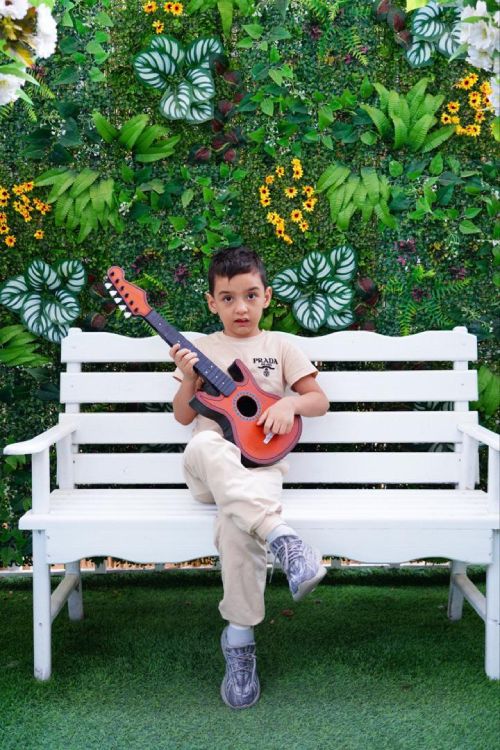
Amirkhon’s father — Tokhir Read More
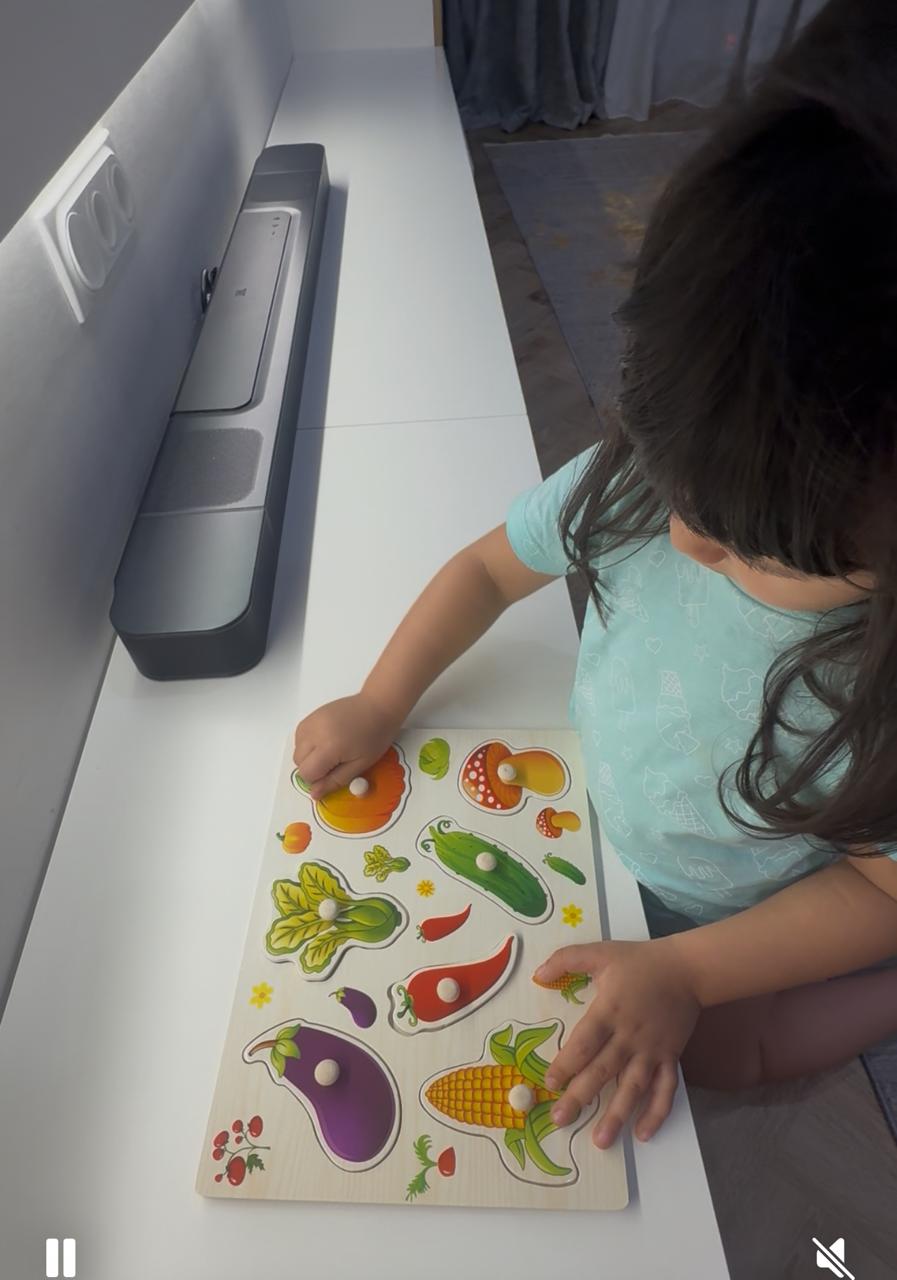
Dilana’s mother Read More
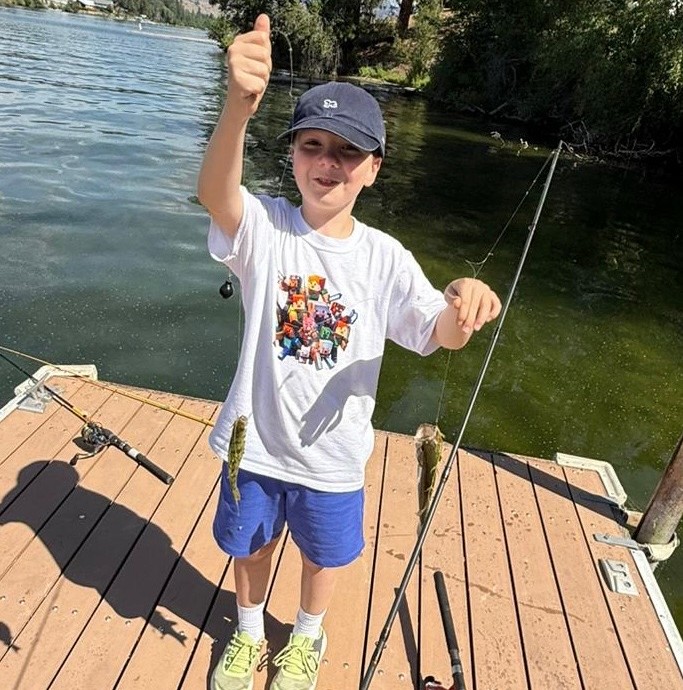
Irina and Stefan – Ilya’s parents Read More
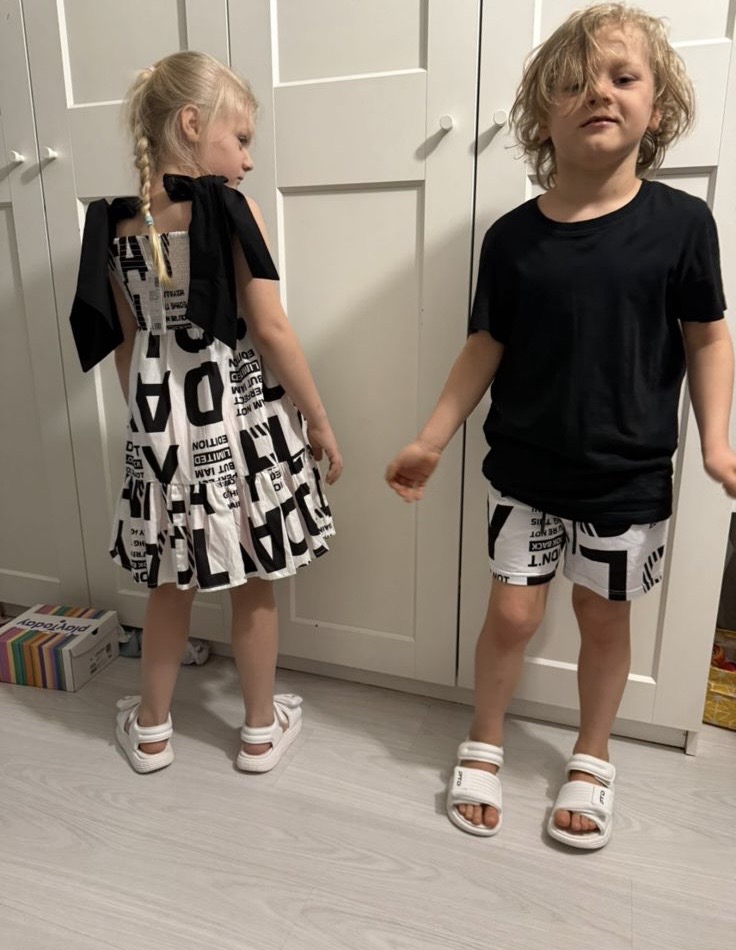
Kristina – mother of Nelly and Nik Read More
